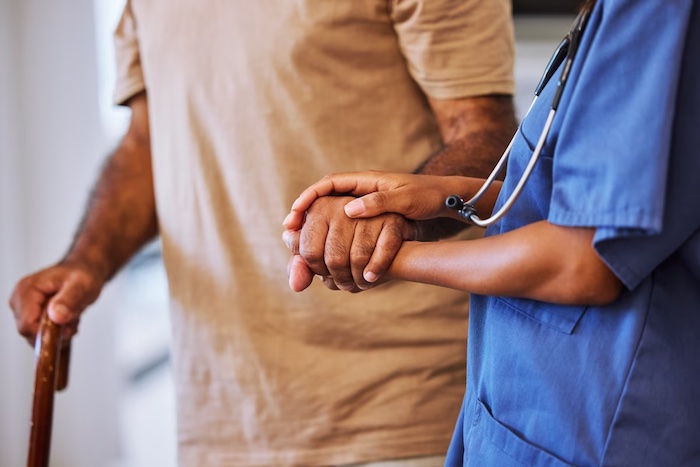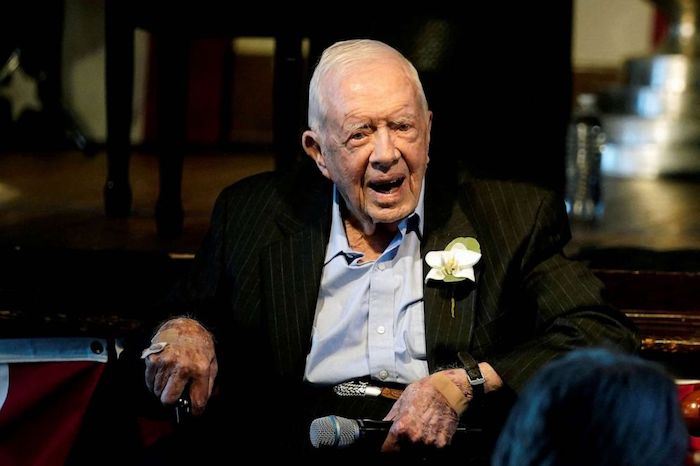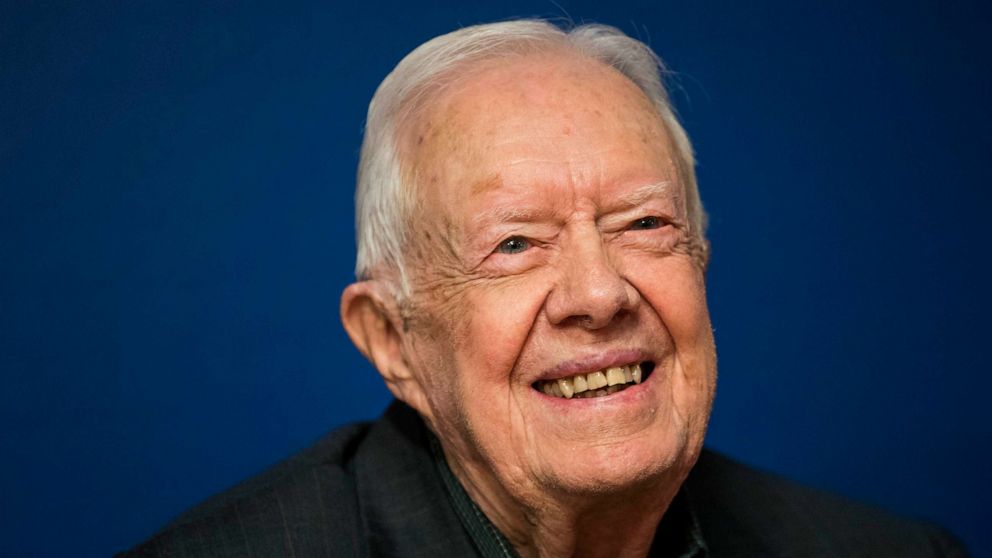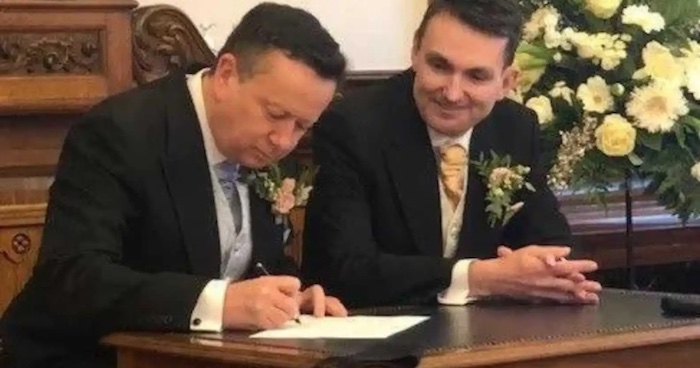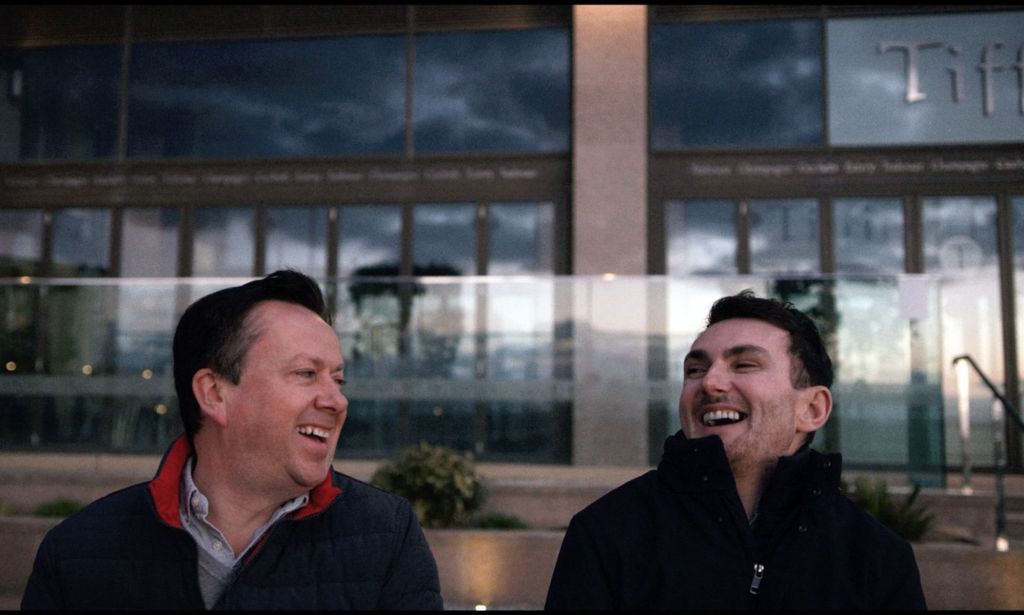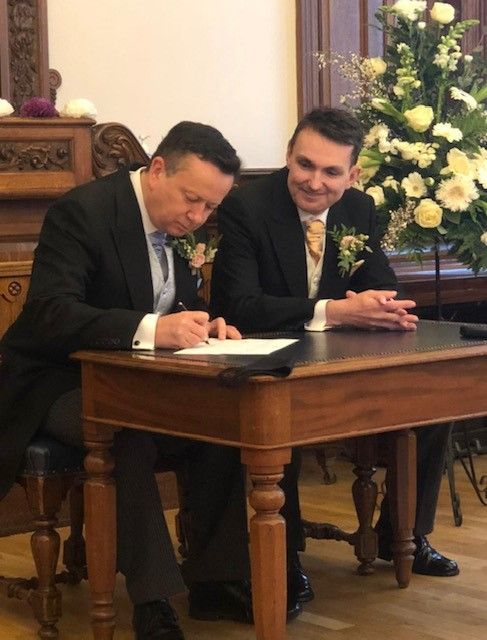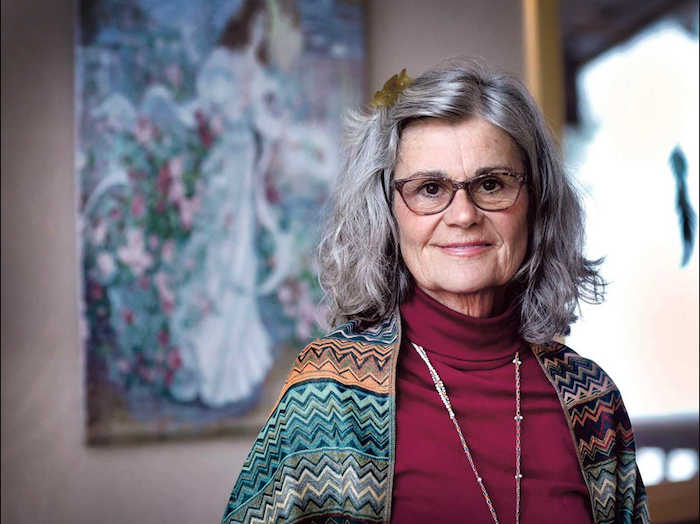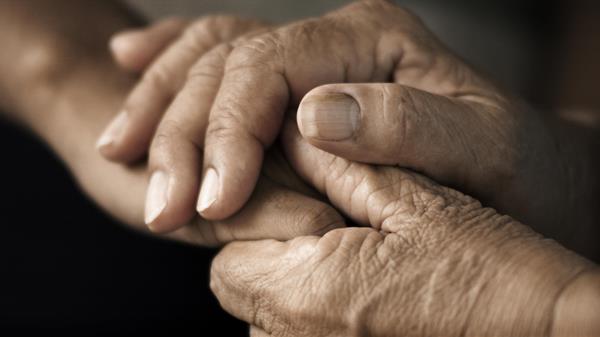— A new report breaks down what it costs to die, giving further reason to make clear final arrangements
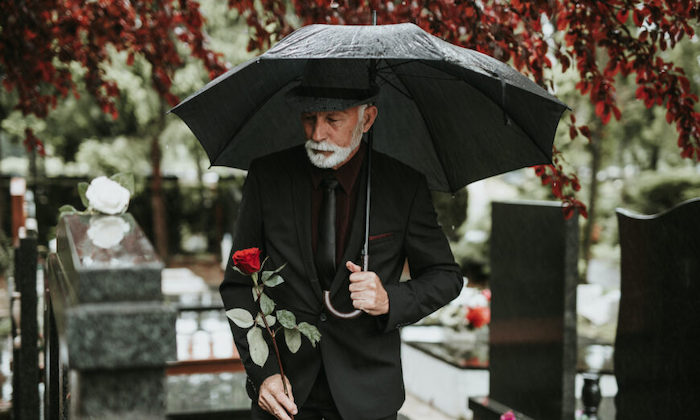
By Emma Suttie
As a culture, we don’t like to talk about death. Even though it’s the destination we all share, regardless of our beliefs, most of us prefer not to think about it. Unfortunately, this aversion leaves most of us unprepared for death when it arrives, making things harder for the loved ones left to manage our affairs.
A new report looks at the cost of dying in the United States, from the material costs to the emotional and physical toll it takes on those left behind.
The report was created by Empathy–a company that helps people manage the logistics and emotional hardships associated with death. The company surveyed almost 1,500 people who had experienced the loss of a close family member in the last five years. Their goal was to try to quantify and better understand what they went through.
Here are some interesting findings from the report:
- 3 million people die in the U.S. every year
- 68 percent of Americans who are grieving suffer physical symptoms
- An average of 540 hours of work are spent settling a loved one’s affairs
- It takes families an average of 12.5 months to resolve all financial matters after the death of a loved one
- 20 percent of the workforce is grieving a recent loss at any given moment
The Financial Cost
Perhaps the most astonishing figure from the report was that the average direct financial costs related to the death of a loved one can reach $20,000. This includes things like the cost of the funeral and financial and legal matters that must be dealt with when a person dies.
The report found that the average cost of a funeral is $7,848, the cost of financial matters averages $4,384, and legal matters cost an average of $4,967. Using these numbers, it’s easy to see how the cost can easily climb to $20,000 and beyond. And these are only part of the financial costs associated with dying.
Other financial costs the report included in their analysis are those associated with the total funeral costs, like payments to the funeral home ($3,584), the burial plot ($1,841), catering and refreshments ($602), hiring officiants, priests or other clergy ($472), music ($136), and invitations ($111).
How Loss Affects the Mind & Body
There are other, less tangible consequences as well—like grief—which is a highly personal experience that people are grappling with while having to contend with all the tasks associated with the death of someone they love, which only complicates the process further.
The stress and emotional strain associated with a loved one’s death often lead to physical symptoms. The report found that 93 percent of those surveyed suffered from at least one physical or mental symptom after their loss, 83 percent suffered anxiety, with 46 percent suffering for a few months or more. None of this seems surprising, considering that grief can be an overpowering emotion, and after the loss of someone close to us, we have an immediate increase in tasks and responsibilities to manage the affairs of the one we’ve lost.
Other physical and mental symptoms that lasted more than a few months reported in the study were:
- Memory problems (30 percent)
- Unusual anger or irritability (30 percent)
- Weight loss or gain (33 percent)
- Irregular sleep patterns (38 percent)
And the above numbers increased significantly if the person happened to be the executor of the deceased person’s estate–a job that comes with considerable responsibility and its own unique stresses.
How to Prepare–for Peace of Mind
Although our views about death are highly individual, there are things that we can all do to help prepare for it when the time comes. Preparation can help us relieve some anxiety, think about what we want, as well as think through some of the logistics, which will help others have a clear roadmap of what we desire and how to make it happen.
There are a lot of things to consider when we begin thinking about our own death. And although this can initially seem an anxiety-producing activity, it can actually be very grounding and help give one a sense of peace.
Here are some things to think about, broken into different categories:
If you are diagnosed with an illness and need healthcare, here are some considerations:
- Do my loved ones fully understand my condition and what to expect?
- Have I expressed exactly what medical interventions I want and ones I don’t?
- At what stage do I want to waive further medical interventions or procedures?
- Do I have a do not resuscitate (DNR) order that would be enacted after certain procedures or surgeries?
- Have you chosen someone who can make your healthcare decisions when you can no longer make them yourself? Do they know your wishes?
- If the healthcare system can no longer help with your condition, what would you like to happen? For example, would you like to be at home?
Personal Considerations
- What are my beliefs about death? Do I need to make peace with any aspect of this process?
- Are there any family or friends I want to talk to, and share love and gratitude with so they know how I feel about them?
- Is there anyone I may have had difficulties with and want to make peace with before I die? Perhaps there is someone who may need my forgiveness or a broken relationship I want to repair.
- Who would you like to leave your personal belongings to? Make notes as to who should have what so you can make sure people get what you want them to have.
- If you are a single parent with young children, who will care for them after you are gone?
- If you have pets, who will look after them?
- Where are all your personal photos/videos? Are they on a computer? If so, does someone else know how to access them?
- Have you labeled people in your photos? And where do these personal treasures go when you die? Will they go to children or other family? Having personal effects like photos well labeled is important so your family can identify others later on.
Funeral/Memorial/Celebration of Life Planning
- What would you like to happen to your body after you die? Do you want to be embalmed? Buried? Cremated? Or do you want a green, or natural burial?
- Do you have a preference for what casket you would like or how you would like to be buried? If you would like to be buried, where will it be?
- Would you like a burial plot, headstone or grave marker? If cremated, where would you like your ashes scattered, or who would you like to keep them?
- Do you want a ceremony of some kind? If so, what kind of ceremony would you like, and how would you like people to celebrate you?
- Would you like flowers, and if so, what type? Or would you like people to donate to a charity you believe in instead?
- Would you like someone to deliver a eulogy or have several people speak about your life? If so, speak to them ahead of time.
- Should you pre-pay for funeral/burial/cremation services ahead of time? It can often be less expensive when done in advance.
Legal Considerations
- Consider writing a will to make your wishes known and have them carried out legally.
- Do you want someone to be your power of attorney?
- Make a list of your assets so you can decide who you would like to have them.
- Organize and store important documents and passwords so they can be easily found and accessed.
- Talk to your loved ones about your wishes.
If you need a little inspiration, BJ Miller, a practicing hospice and palliative care physician, gives a moving TED talk about what really matters at the end of life.
Here are some resources to help guide you through the process and keep you organized as you go:
- Estate Planning: 11 Things to Do Before You Die
- End of Life Care Checklist and Other Resources
- Creating a Life File: A Checklist for End of Life Planning
- Getting Your Affairs in Order – National Institute on Aging
- List of Resources on Loss, Death & Dying
Final Thoughts
Although this all might seem a bit daunting initially, you can do what is comfortable and take your time. Choose which tasks are important to you, and work your way through them at your own pace.
Although some people are blessed to know that they are coming to the end of their lives and can prepare, many of us will not know in advance.
Thankfully, we can choose to do any of the things above at any time. Perhaps more important than anything is the way contemplating death can remind us of how precious life is and how important it is to cherish every moment and let the people in our lives know what they really mean to us.
Complete Article ↪HERE↩!

